The Bhagavad Gita, or simply the Gita, is a highly respected ancient text. It has crossed cultural and religious lines to become a guide for all. This sacred scripture, found in the epic Mahabharata, shares wisdom that touches people worldwide, no matter their background or beliefs.
The Gita conveys a message that speaks to the heart of human life. It explores life’s complexities through the conversation between Arjuna and Lord Krishna. The Gita reveals paths to personal growth, spiritual awakening, and inner peace. Its teachings are not limited by religion, culture, or time, making it a universal guide for all who seek life’s true meaning.
A serene landscape featuring a radiant sunrise over a tranquil river, with ancient scrolls and lotus flowers floating on the water, surrounded by lush greenery and majestic mountains in the background, embodying peace and wisdom.
Key Takeaways
- The Bhagavad Gita is a revered ancient text that offers universal wisdom and guidance for life.
- It transcends cultural and religious boundaries, resonating with individuals across the globe.
- The Gita’s teachings on personal growth, spiritual enlightenment, and inner peace are timeless and applicable in modern times.
- The dialogue between Arjuna and Krishna provides profound insights into the complexities of human existence.
- The Gita’s universal appeal makes it a timeless guide that can be embraced by people from all walks of life.
Introduction to the Bhagavad Gita: Ancient Wisdom for Modern Times
The Bhagavad Gita is a timeless text filled with wisdom. It has become a universal guide to life, crossing cultural and religious lines. This revered scripture, part of the epic Mahabharata, explores ancient teachings still relevant today.
Origins and Historical Context
The Bhagavad Gita was written around the 2nd century BCE. It’s one of the oldest and most influential Hindu scriptures. It’s a dialogue between Arjuna and his charioteer, the divine Krishna. The Gita dives into life’s complexities, answering humanity’s fundamental questions.
The Relevance of Gita in Contemporary Life
In today’s fast-paced world, the Bhagavad Gita’s ancient wisdom is a timeless guide. It teaches about the self, duty, and inner peace. These teachings resonate with people everywhere, making the Gita a universal guide to life.
| Key Teachings of the Bhagavad Gita | Practical Applications in Contemporary Life |
|---|---|
| Selfless Action (Karma Yoga) | Cultivating a sense of duty and purpose without attachment to the fruits of one’s actions |
| Devotion (Bhakti Yoga) | Fostering a deep connection with the divine, regardless of one’s religious or cultural background |
| Knowledge (Jnana Yoga) | Developing a profound understanding of the nature of the self and the cosmos |
As the world changes, the Bhagavad Gita’s wisdom remains a guiding light. It helps people grow, find purpose, and seek spiritual fulfillment.
“The Bhagavad Gita is a universal scripture applicable to all mankind. It is a gospel for the whole world.” – Mahatma Gandhi
The Core Philosophy of the Gita: Understanding Life’s Purpose
The Bhagavad Gita is a key Hindu scripture. It gives deep insights into life’s purpose and spiritual growth. It explores the true self, our role in life, and the path to enlightenment.
The Gita philosophy centers on the immortal self, called the Atman. It teaches that our true essence is separate from our body and changing mind. By connecting with this higher self, we can find our life purpose and spiritual teachings.
The Gita also talks about balancing action and contemplation. It suggests doing selfless actions, or Karma Yoga, without attachment to the outcomes. This way, we can fulfill our duties without being tied to the results.
Moreover, the Gita explains three main paths to spiritual growth: Karma Yoga, Jnana Yoga, and Bhakti Yoga. These paths help us understand the divine and our place in the universe.
“The Bhagavad Gita is the universal scripture of humanity, and its message is meant for all ages, all races, and all human hearts.”
Exploring the Gita’s wisdom helps us discover life’s purpose. It guides us to find meaning in our actions. And it sets us on a path of self-discovery and spiritual growth.
What Makes The Gita a Universal Guide to Life?
The Bhagavad Gita is an ancient Indian scripture that has become a timeless guide for personal growth. It offers universal wisdom that resonates with people from all walks of life. This makes it a truly universal text.
Transcending Cultural and Religious Boundaries
The Gita speaks to individuals from diverse cultural and religious backgrounds. Its universal principles and teachings are not limited to any specific faith or tradition. This allows it to be embraced by seekers of wisdom from around the world.
The Gita focuses on fundamental questions of life, such as the nature of the self and the purpose of existence. It offers a timeless companion for people from all cultures and belief systems.
Universal Principles and Teachings
The Gita’s universal appeal comes from its timeless principles and teachings. It teaches about selfless action and the importance of mental and emotional balance. These teachings offer a comprehensive guide to navigating life’s complexities.
The Gita emphasizes the harmonious integration of body, mind, and spirit. This resonates with individuals seeking a holistic approach to personal growth and self-discovery.
Timeless Solutions to Human Challenges
The Gita offers insights into the human condition and the challenges we face daily. It provides timeless solutions for finding meaning and purpose, overcoming stress and anxiety, and seeking inner peace and harmony. Its practical wisdom and guidance are as relevant today as they were centuries ago.
The Bhagavad Gita’s universal appeal lies in its ability to transcend cultural and religious boundaries. It presents universal principles and teachings and offers timeless solutions to human challenges. As a guide to personal growth and spiritual development, the Gita continues to inspire and enlighten people around the world.
The Three Paths of Spiritual Growth in the Gita
The Bhagavad Gita, an ancient Hindu scripture, outlines three paths to spiritual growth and enlightenment: Karma Yoga, Bhakti Yoga, and Jnana Yoga. These paths help individuals navigate life’s complexities and find inner peace and fulfillment.
Karma Yoga: The Path of Action
Karma Yoga focuses on selfless action and doing duty without attachment. It encourages work and daily activities with a spirit of service. Practitioners focus on the process, not the outcome, to find liberation through their actions.
Bhakti Yoga: The Path of Devotion
Bhakti Yoga is about devotion to the divine. It involves practices like chanting, prayer, and rituals. By surrendering the ego, practitioners find profound inner transformation and spiritual fulfillment.
Jnana Yoga: The Path of Knowledge
Jnana Yoga is about seeking knowledge and understanding reality and one’s true nature. It involves discernment, critical thinking, and self-inquiry. Through Jnana Yoga, individuals can transcend the ego and attain liberating wisdom.
The Bhagavad Gita suggests integrating all three paths for a holistic approach to spiritual growth. By embracing Karma Yoga, Bhakti Yoga, and Jnana Yoga, individuals can navigate life’s challenges and deepen their connection with the divine.
| Karma Yoga | Bhakti Yoga | Jnana Yoga |
|---|---|---|
| The path of action and duty | The path of devotion and love | The path of knowledge and inquiry |
| Focus on selfless action and detachment from results | Emphasis on cultivating a deep relationship with the divine | Systematic investigation of the self and the nature of reality |
| Transcending the ego through discipline and service | Achieving inner transformation through devotion and surrender | Attaining liberating wisdom and self-realization |
“The Gita teaches us the wisdom of seeing the divine in everything and everyone, and the art of working without the ego-sense, for the sake of the divine alone.”
– Paramahansa Yogananda
Understanding Karma and Action Through the Gita’s Lens
The Bhagavad Gita, an ancient Hindu scripture, offers deep insights into Karma and human action. It focuses on selfless action, or nishkama karma. This idea tells us to do our duties without caring about the outcome.
The Concept of Selfless Action
The Gita says true freedom comes from acting without wanting personal gain. It teaches us to do our work and daily tasks with a spirit of service. This way, we can find inner peace and spiritual fulfillment.
Breaking Free from Karmic Cycles
The Gita helps us understand Karma and action. It shows us how to move beyond our ego. By seeing the fleeting nature of worldly things, we can focus on the value of our actions. This helps us break free from karmic cycles and live with purpose and freedom.
“The Gita teaches us that the secret to living a fulfilling life lies not in the results of our actions, but in the purity of our intent and the steadfastness of our determination.”
Practical Applications of Gita’s Teachings in Daily Life
The Bhagavad Gita is an ancient Indian scripture filled with practical wisdom. It teaches us about Gita in daily life, practical wisdom, and self-improvement. These teachings help us deal with today’s world.
The Gita talks about karma yoga, or doing things without expecting anything in return. This helps us find joy in our work and less stress. It’s about doing our duty without caring about the outcome.
The Gita also teaches us how to make good decisions. It says to stay calm and not let emotions or ego cloud our judgment. This way, we can make choices that are fair and lead to positive results.
Moreover, the Gita helps us manage our emotions. It shows us how to handle anger, fear, and attachment. This wisdom helps us stay calm and peaceful, even in tough times.
- Applying the principle of karma yoga to approach daily tasks with a sense of duty rather than attachment
- Maintaining a balanced perspective, free from the influence of emotions and ego, when making decisions
- Utilizing the Gita’s teachings on emotional management to cultivate inner peace and harmony
By following the Bhagavad Gita, we can make our lives better. It helps us grow and improve ourselves. The Gita’s wisdom guides us through life’s challenges with grace and purpose.
“The Bhagavad Gita has a profound influence on the lives of many people, providing practical guidance and wisdom that can be applied to everyday situations.”
The Gita’s Approach to Mental Peace and Emotional Balance
The Bhagavad Gita is an ancient Indian scripture. It offers a deep and practical way to find mental peace and emotional balance. Its wisdom helps manage stress, anxiety, and find inner harmony.
Managing Stress and Anxiety
The Gita teaches us to understand our mind and emotions. It shows that detachment and calmness help us deal with life’s ups and downs. Through karma yoga, it teaches us to act without caring about the results. This reduces stress and anxiety.
Finding Inner Harmony
The Gita’s core is Atma-Jnana, or knowing oneself. By exploring our true self, we find peace and harmony inside. It teaches us to balance our physical, mental, and spiritual sides for a fulfilling life.
The Gita says true happiness comes from within. By following its teachings on mental peace, emotional balance, and stress management, we can face life’s challenges with strength and calm.
“When the mind is steady and the intellect is unwavering, then the yoga of self-knowledge is attained.” – The Bhagavad Gita
Leadership Lessons from the Bhagavad Gita
The Bhagavad Gita, an ancient Indian text, is full of wisdom for today’s leaders. It teaches three main principles for better leadership:
- Self-Awareness: The Gita stresses the need to know oneself well. Leaders should understand their strengths, weaknesses, and motivations.
- Ethical Decision-Making: The Gita teaches leaders to make choices based on what’s right, not just for personal gain. Ethical leadership builds trust and inspires others.
- Servant Leadership: The Gita’s idea of “karma yoga” matches today’s servant leadership. Great leaders focus on their team’s growth, not just their own success.
By following these Gita leadership principles, leaders can lead with purpose and integrity. The Bhagavad Gita’s wisdom is still relevant today, guiding leaders to lead with wisdom and compassion.
“Lead by example, not by force. Inspire through your actions, not just your words.”
The Role of Duty and Dharma in Personal Growth
The Bhagavad Gita teaches us about dharma, or our personal duty. It shows us how to find self-realization and personal growth. By knowing our personal responsibilities, we can balance our life roles and grow.
Understanding Personal Responsibilities
The Gita talks about dharma – our duty and purpose. It’s not just about doing what we must. It’s about using our talents and life’s circumstances to find our path. This helps us find meaning and direction.
Balancing Different Life Roles
We all have many life roles – family, work, community, and spiritual. The Gita helps us balance these roles. It teaches us to serve others without caring about the outcome.
| Life Role | Dharmic Approach |
|---|---|
| Family | Fulfilling familial responsibilities with love and care, without ego or expectation. |
| Professional | Dedicating one’s skills and talents to the greater good, beyond personal gain. |
| Spiritual | Cultivating inner peace and harmony through self-reflection and contemplation. |
By following the Gita’s teachings on dharma and personal duty, we can find balance. This helps us navigate life’s complexities and reach our full potential.
Conclusion
The Bhagavad Gita is an ancient Indian scripture that has stood the test of time. It is a universal guide to life and spiritual growth. Its teachings reach beyond cultural and religious boundaries, offering wisdom that touches people from all walks of life.
This sacred text has the power to change lives. It helps in personal transformation, self-realization, and global harmony. It shows us how to live a meaningful life.
In our journey through the Bhagavad Gita, we’ve seen its core philosophies. It teaches us about the purpose of life and the importance of selfless action. It guides us through life’s complexities with teachings on karma, duty, and emotional balance.
As we finish our journey, we see the Gita’s lasting impact. It offers wisdom that can enrich our lives. By embracing its teachings, we gain a deeper understanding of ourselves and our place in the world.
This knowledge inspires personal growth and spiritual awakening. It helps us live in harmony with others, beyond all boundaries.
FAQ
What makes the Bhagavad Gita a universal guide to life?
The Bhagavad Gita is an ancient Hindu scripture known worldwide. It offers timeless wisdom that crosses cultural and religious lines. Its teachings on the self, human purpose, and spiritual growth speak to people everywhere.
Its universal principles and practical advice help millions globally. It inspires and guides people from all walks of life.
How does the Gita remain relevant in contemporary life?
The Bhagavad Gita’s wisdom is still relevant today. Written thousands of years ago, it offers insights on mental peace, emotional balance, and leadership. Its teachings on self-awareness, detachment, and purpose in action are valuable in today’s world.
These teachings help individuals find fulfillment and well-being in modern life’s challenges.
What are the three main paths of spiritual growth outlined in the Gita?
The Bhagavad Gita outlines three main paths to spiritual growth:
1. Karma Yoga: The path of selfless action and duty
2. Bhakti Yoga: The path of devotion and love for the divine
3. Jnana Yoga: The path of knowledge and wisdom
These paths guide individuals towards spiritual maturity and inner peace, regardless of their inclinations or life circumstances.
How can the Gita’s teachings on karma and action be applied in daily life?
The Gita teaches about karma and selfless action. It shows how to act without attachment to outcomes. This helps individuals make decisions based on duty and purpose, not ego or desire.
This approach can free individuals from karmic cycles. It leads to inner peace and equanimity in life’s ups and downs.
What leadership lessons can be learned from the Bhagavad Gita?
The Bhagavad Gita teaches valuable leadership lessons. It emphasizes self-awareness and making decisions based on dharma, not personal gain. It also promotes servant leadership, focusing on the well-being of those served.
The Gita’s teachings on emotional balance, inner strength, and calm in adversity are crucial for modern leaders. These qualities inspire and guide teams to success.


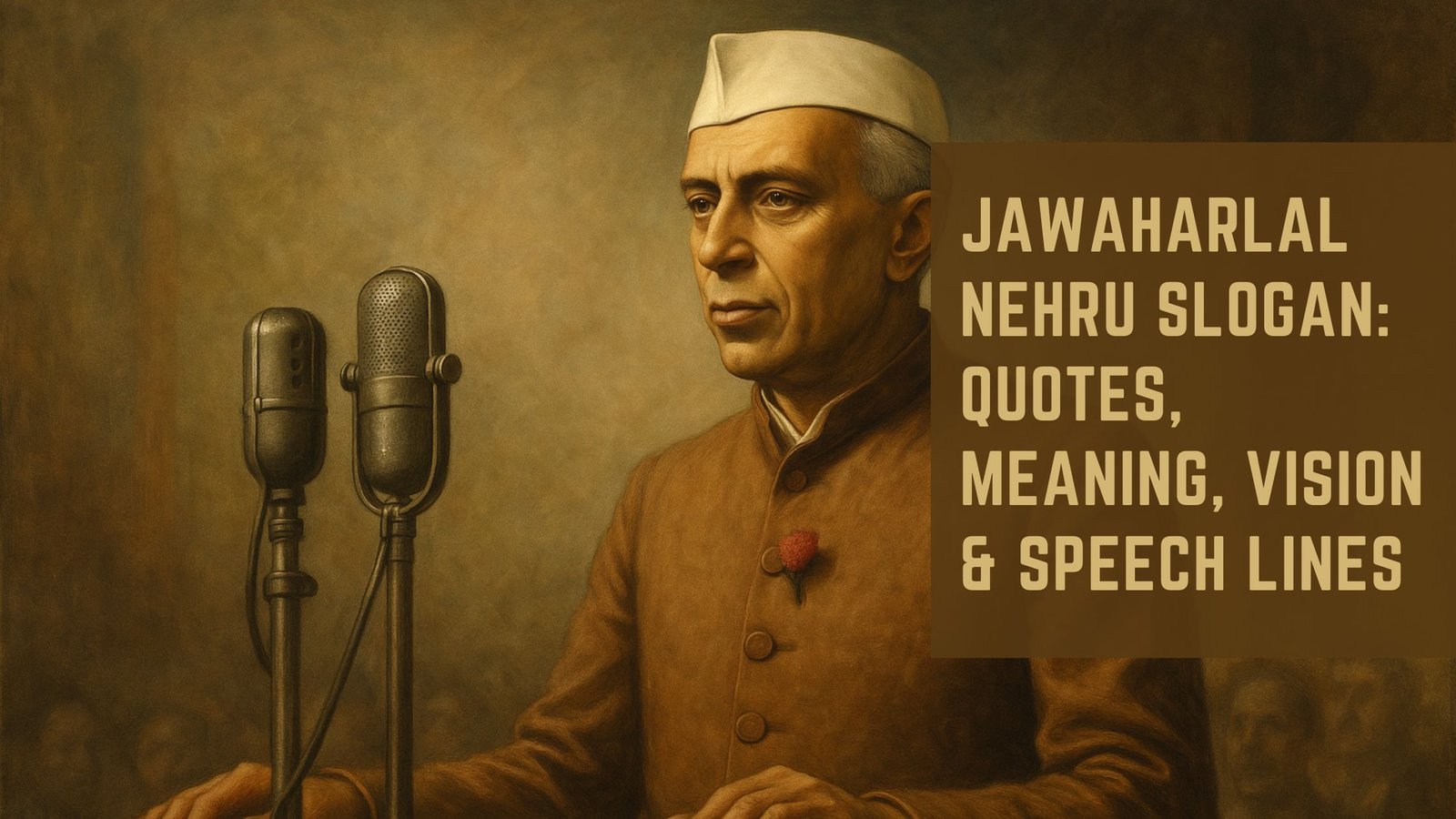
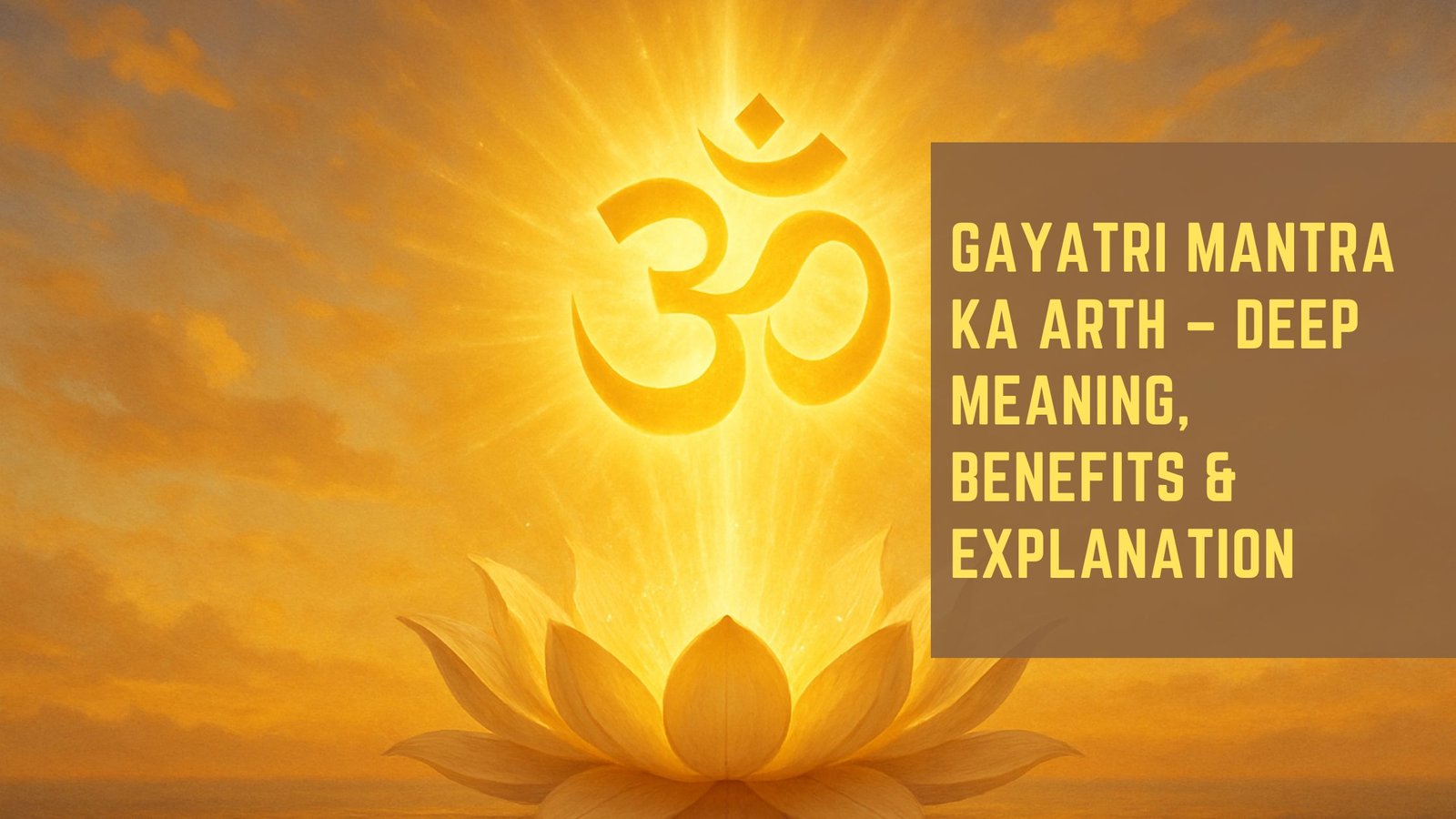
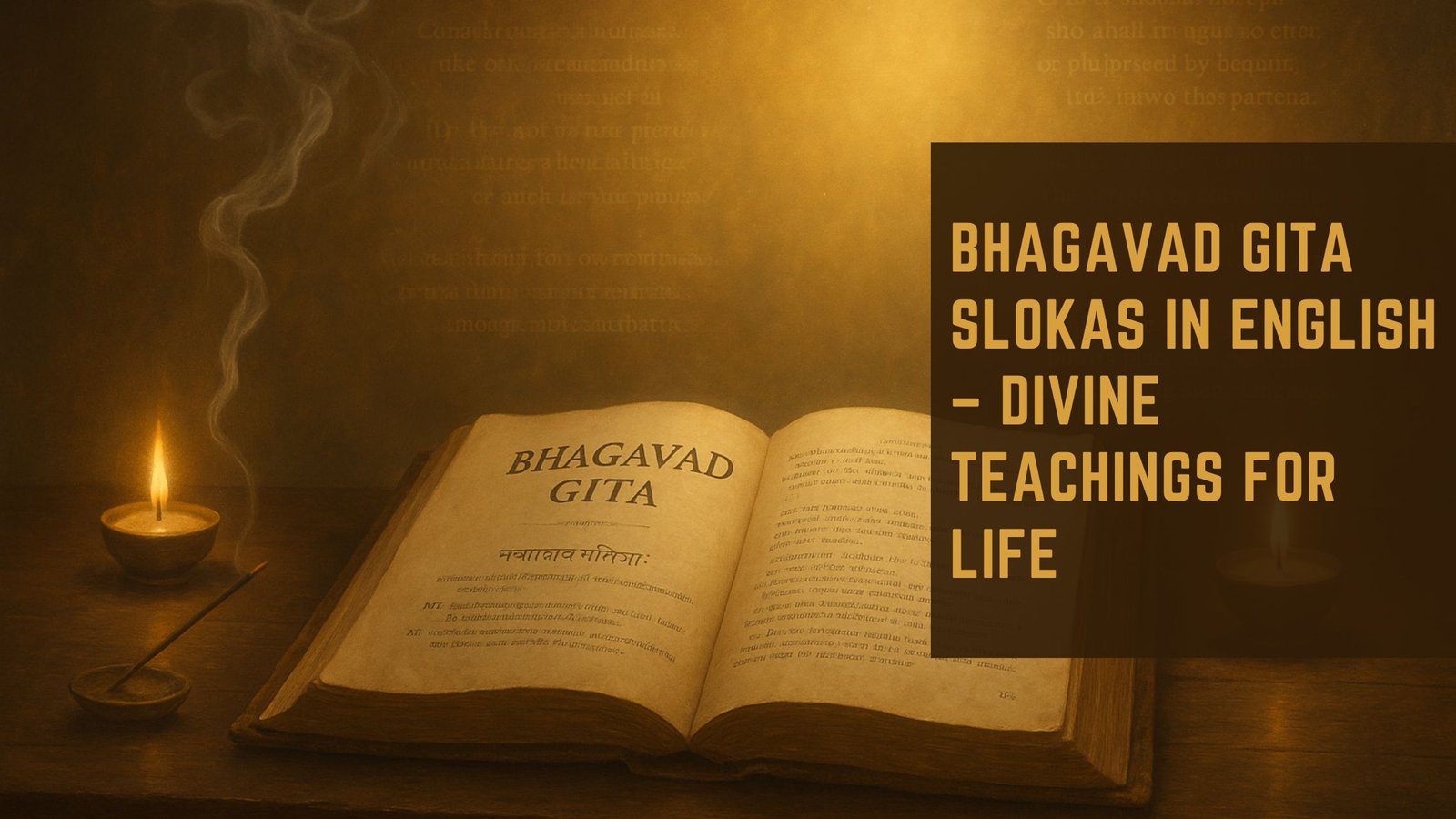

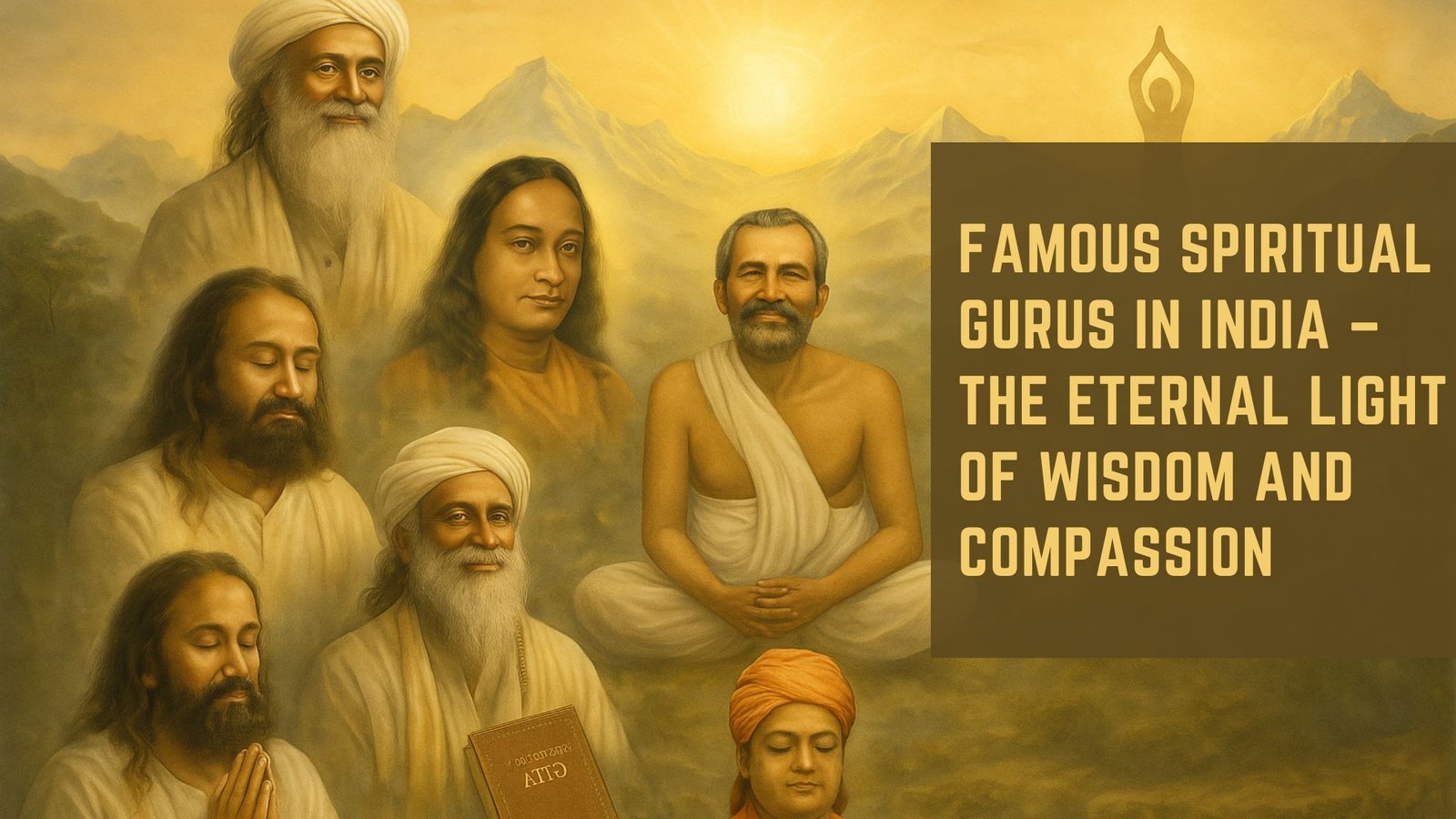


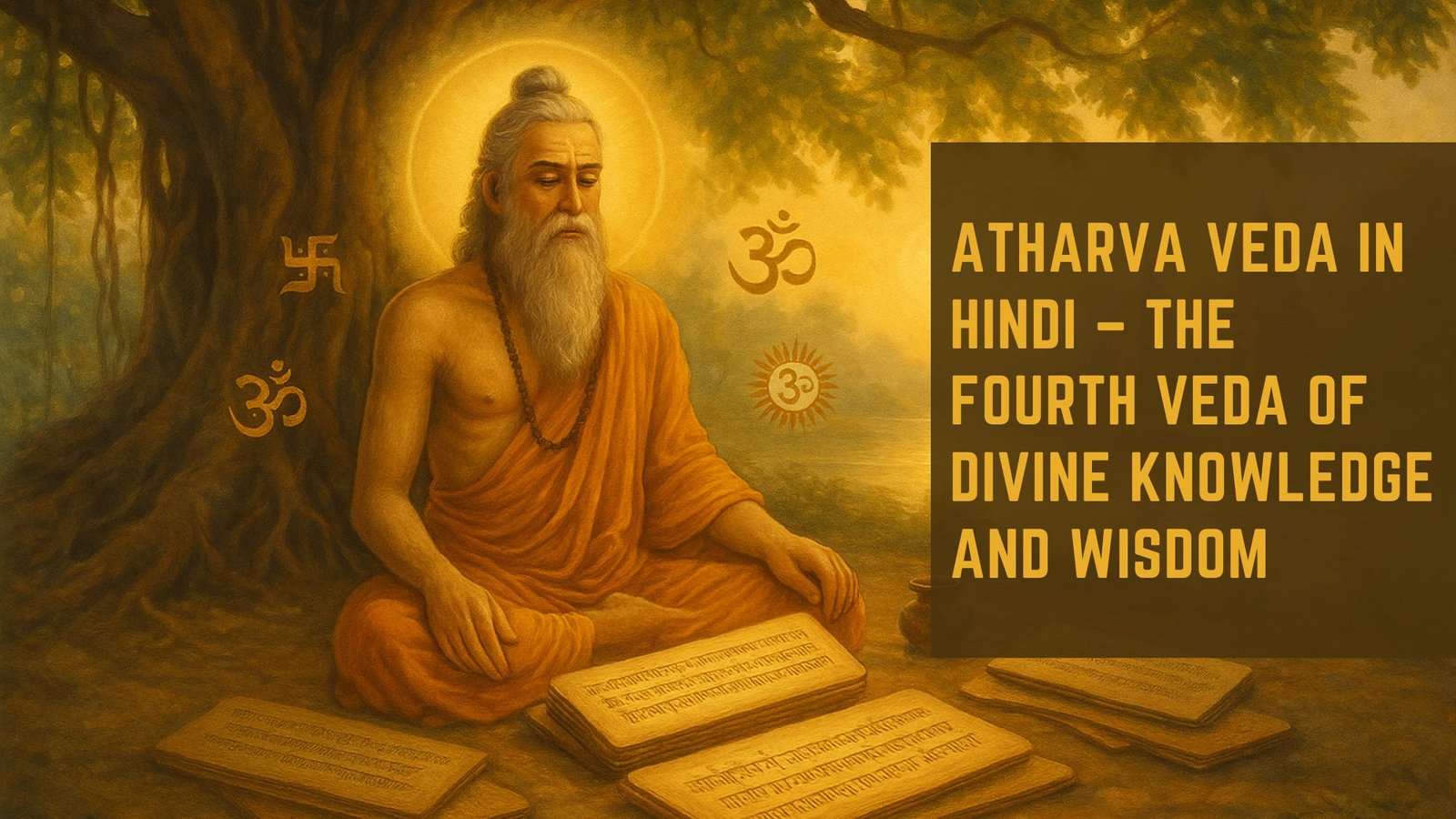

5 thoughts on “The Gita: A Universal Guide to Life & Wisdom”